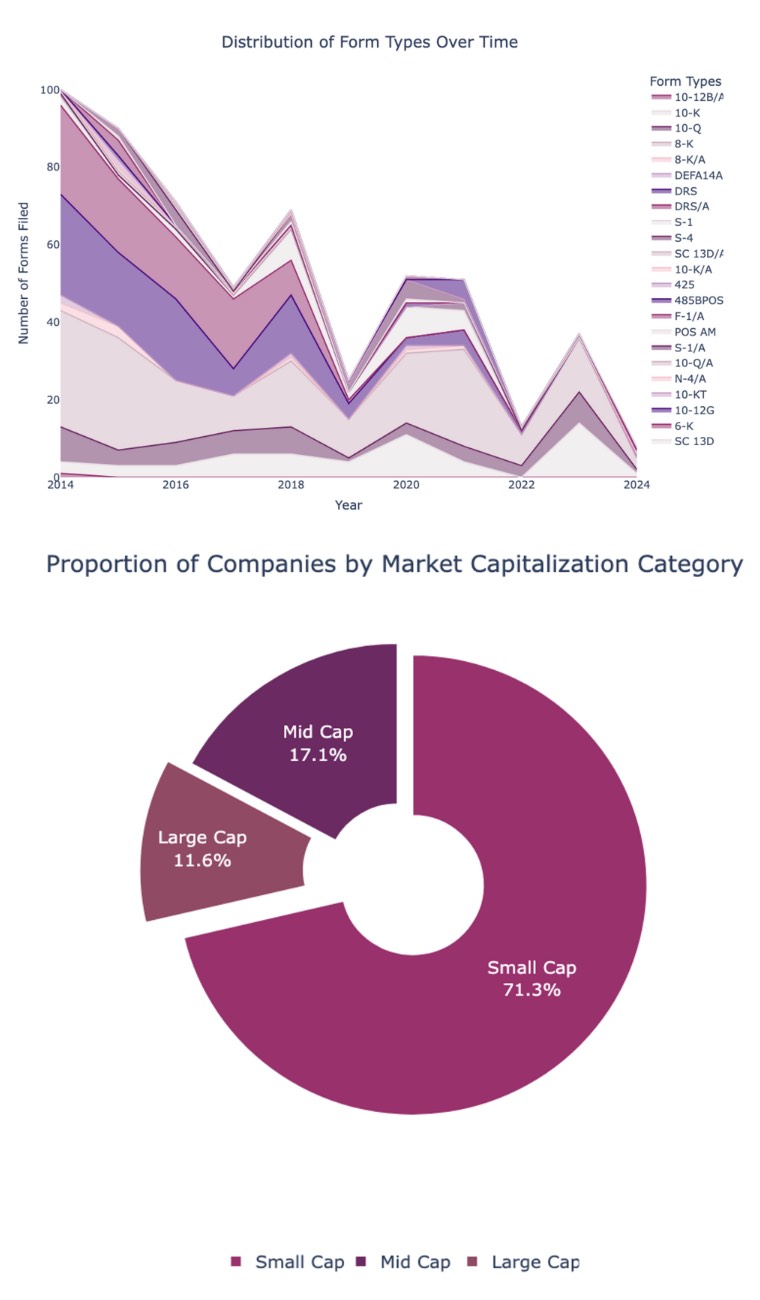Research Project
Autonomy in Law
Lead Researcher
- Dr. Farshad Ghodoosi esq., J.S.D., Ph.D
Collaborators
Student Team
- Jatin Agrawal M.S. Computer Science
- Kharanshu Valangar M.S. Computer Science
Funding
- Funding Organization:
- Funding Program:
SYNOPSIS
- Ambiguous contract terms often favor the drafting party, creating unfairness.
- The contra proferentem rule in contract law ensures fairness by interpreting unclear terms against the drafter.
- The project examines Exhibit 10 documents, which are key business contracts filed with the SEC.
- The aim is to identify contra proferentem issues and promote fairness in corporate agreements.
Abstract
In essence, legal analysis consists of the application of law on facts. In reality, the picture is much more complex, as legal analysis is shaped through the interactions between facts, legal rules, norms, and socio-economic contexts, among others. To achieve autonomy in law, a system first needs to find the issues and the applicable legal rules with minimal supervision. One can imagine a legal specialist AI which hears or reads a complaint from which it distills the relevant facts and applies the most pertinent rules. This level of autonomy presents a host of legal, ethical, and socio-economic issues. Therefore, autonomy should be studied in both (i) the ways in which it can be achieved and (ii) the ways in which it impacts individuals and society. The main question for this research is how autonomy in law can be achieved and what would be the impacts (ethical, social, behavioral among others). The Research methodology would be natural language processing, machine learning, experimental research, interactive experiments & network games along with doctrinal and historical analysis.
Autonomy refers to the capability of a system to achieve certain goals independent from external control. An autonomous system has the ability to operate in a complex and changing environment even without pre-defined instructions. Legal analysis at its core is a process whereby justice is achieved through the application of certain rules onto issues arising out of a conflict. In abstract, in each legal analysis, first the facts are analyzed to find the main issues that form the basis of the conflict. The appropriate rules then are found and applied to the issues. In essence, legal analysis consists of the application of law on facts. In reality, the picture is much more complex as legal analysis is shaped through the interactions between facts, legal rules, norms, and socio-economic contexts among others. To achieve autonomy in law, a system first needs to find the issues and the applicable legal rules with minimal supervision. One can imagine a legal specialist AI which hears or reads a complaint from which it distills the relevant facts and applies the most pertinent rules. This level of autonomy presents a host of legal, ethical, and socio-economic issues. Therefore, autonomy should be studied in both (i) the ways in which it can be achieved and (ii) the ways in which it impacts individuals and society.


Alignment, Engagement and Contributions to the priorities of NASA’s Mission Directorates
This project investigates and highlights the impacts of artificial intelligence on legal decision making. It proposes the ways in which autonomy in law can be achieved through advanced artificial intelligence and the ways in which it can impact individuals and society. This project makes CSUN one of the very few institutions that provides novel research and insights in the area of autonomy and law. What further makes this project unique is that the research streams are conducted with the advisory role of NASA/JPL. This project fosters a team of researchers and advisors who are interested in this field while providing cutting-edge research. Further, this project aims to provide insights to policy makers and affect the trajectory of public policy in the area of autonomy in law.
Research Questions and Objectives
Questions:
-
How does an autonomous system sift through opinions and regulations to find the most relevant laws?
-
How can artificial intelligence and natural language processing help in both fact-finding and sifting through opinions and rules?
-
How can artificial intelligence help stakeholders such as consumers and employees better understand the legal issues, contractual terms, and their rights and as a result gain more bargaining power?
-
How can artificial intelligence affect legal interpretation and the discovery and recommendations of ordinary and legal meanings of texts?
-
How can an autonomous system make legal decisions?
-
How can artificial intelligence along with advances in crowdsourcing and network theories help foster new alternative dispute resolution mechanisms other than courts?
-
What does the future of the legal profession look like with the increasing capabilities of artificial intelligence?
-
What are the potential impacts of emerging technologies such as blockchain and quantum computing on achieving autonomy in law?
Objective:
-
Identify how often contra proferentum applies in Exhibit 10 cases.
-
Analyze the common factors leading to contra proferentum rulings.
-
Provide insights into trends and outcomes for companies involved in such disputes.
-
Generate data-driven visualizations for a clear understanding of the results.
Research Methods
-
Collected Exhibit 10 documents from SEC filings over a 10-year period.
-
Conducted a keyword search to filter and label potential contra proferentum cases.
-
Automated data processing for faster and more accurate case identification.
-
Created visualizations to highlight key findings and trends.
-
Reviewed cases manually for accuracy in labeling and interpretation.
Research Deliverables and Products
-
Number of cases where contra proferentum was applied.
-
Key trends and patterns identified through visualizations.
-
Insights into industry-specific risks and contractual practices.
-
Comprehensive dataset of relevant cases for further study.
Commercialization Opportunities
-
Application: Review Exhibit 10 documents to find unfair terms.
-
Key Values: Focus on fairness, clarity, and reduced risks.
-
Potential Customers: Law firms, businesses, and regulators.
Research Timeline
Start Date: Sep 2021
End Date: Sep 2025
Lead Researcher
- Dr. Farshad Ghodoosi esq., J.S.D., Ph.D
Collaborators
Student Team
- Jatin Agrawal M.S. Computer Science
- Kharanshu Valangar M.S. Computer Science
Funding
- Funding Organization:
- Funding Program:
